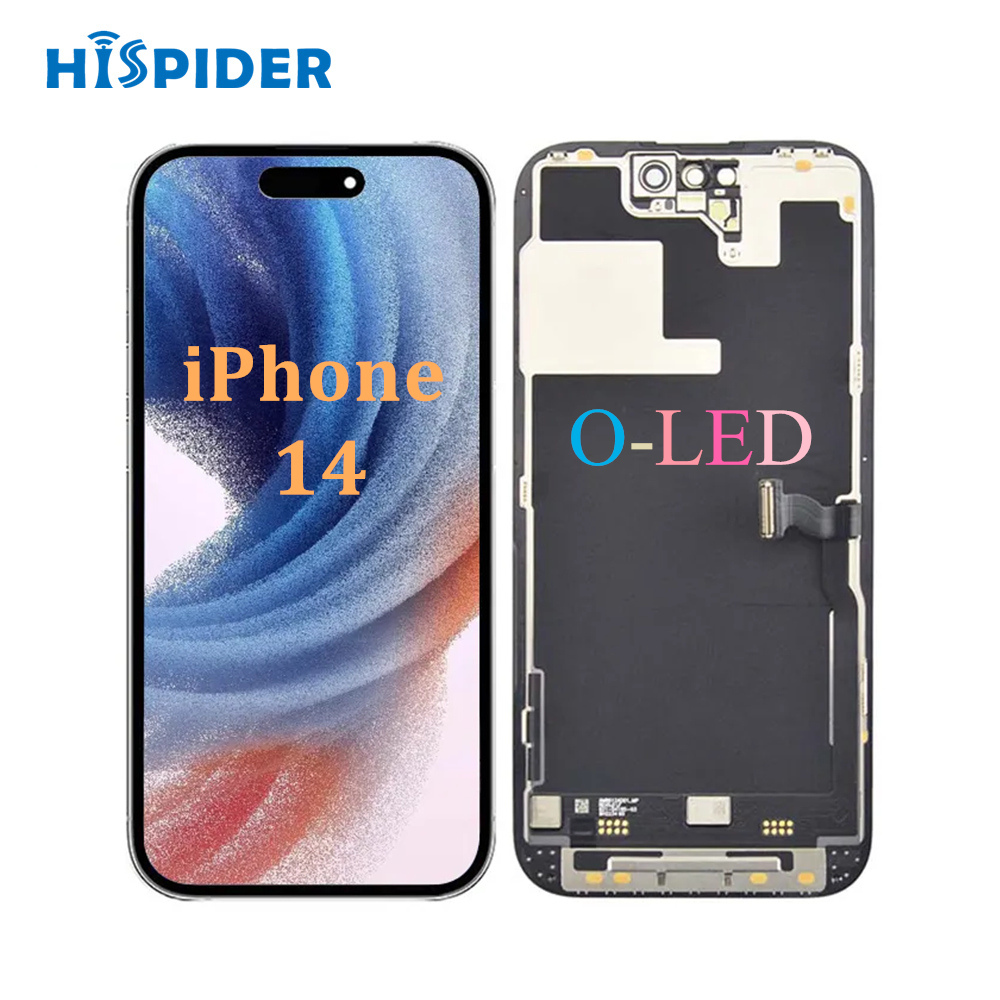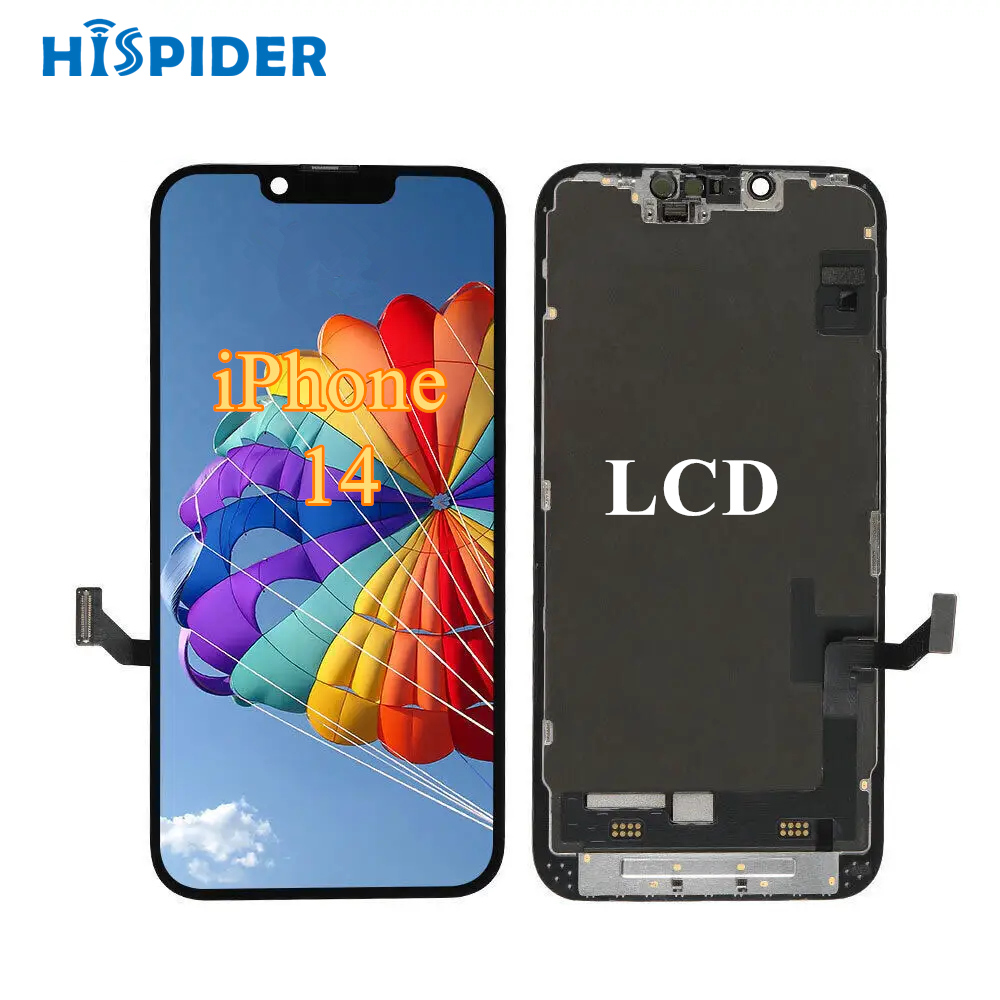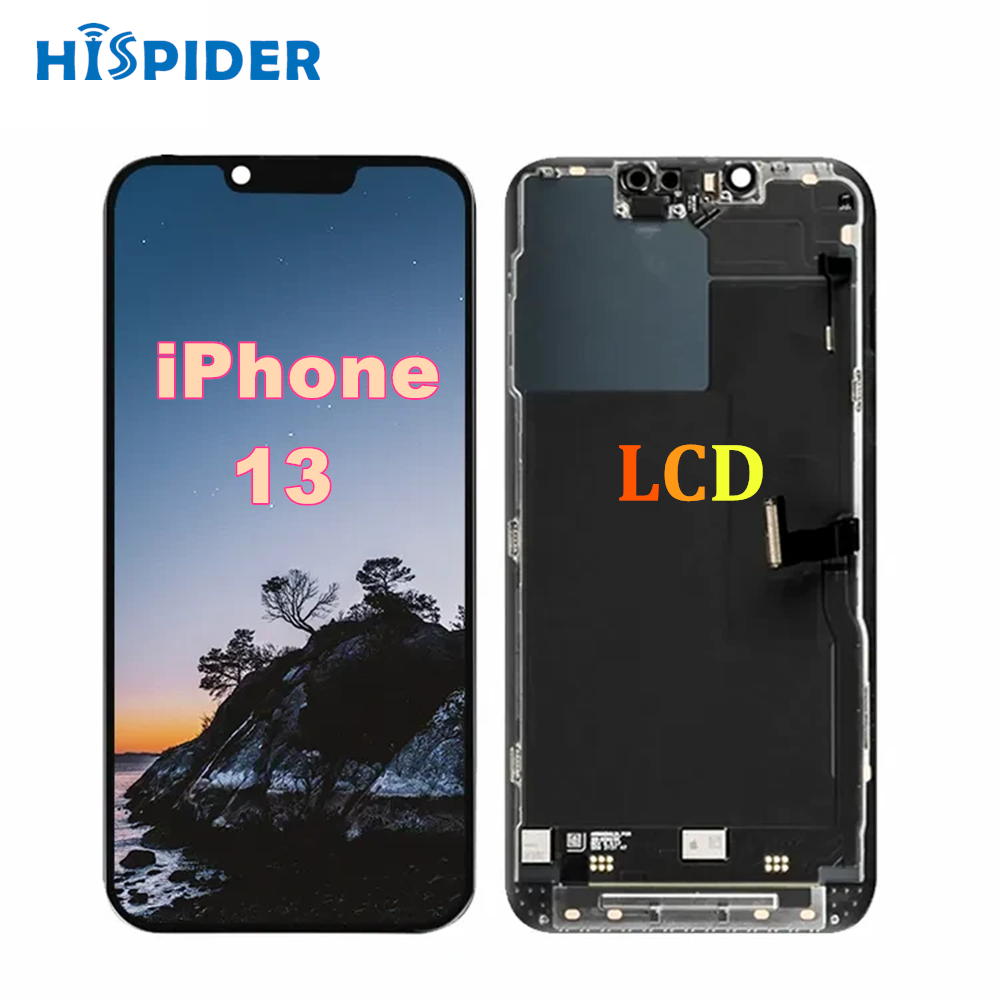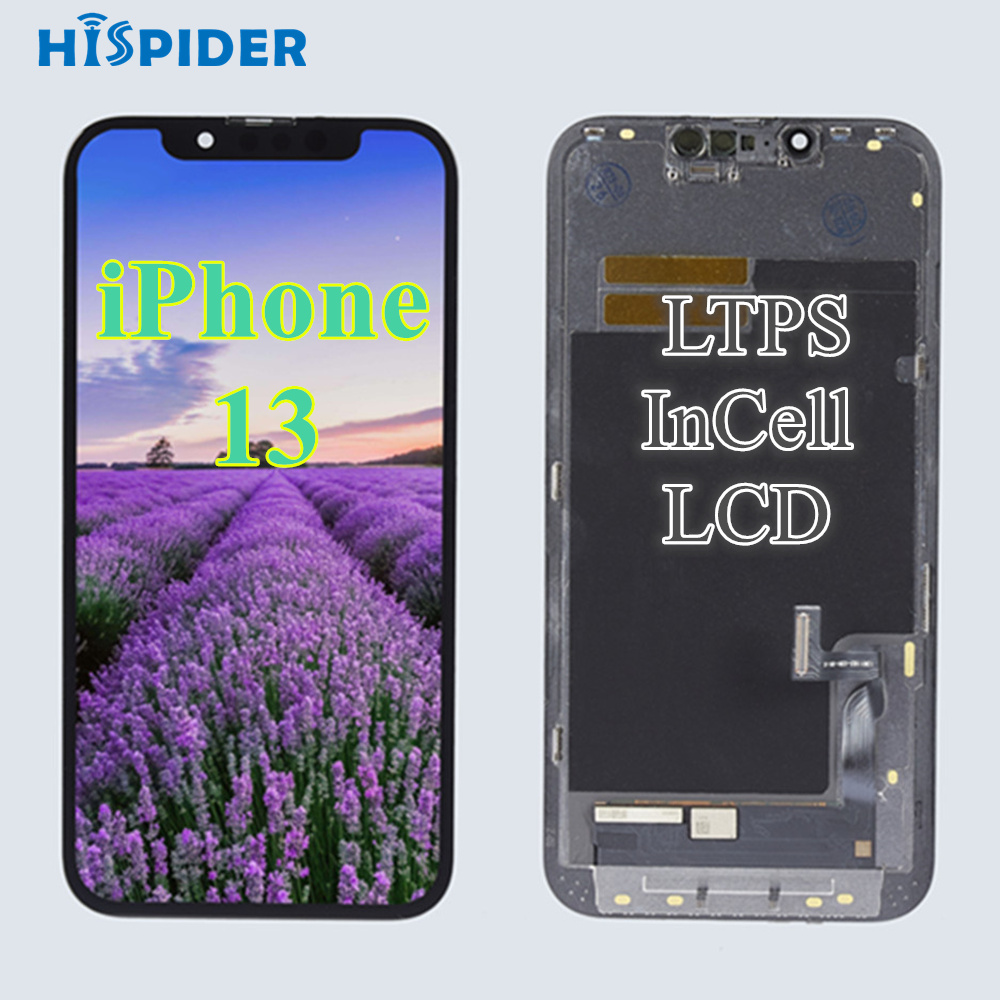Apple mobile phone series model comparison
1. Comparison of iPhone 14/Plus and iPhone 13 series
The iPhone 14 and iPhone 14 Plus are relatively small upgrades compared to the iPhone 13 series. The iPhone 14 and 14 Plus, like the previous iPhone 13 series, come in five colors: midnight, purple, starlight, red, and blue.
Crash detection is a feature that all four new iPhone 14 models have, and an upgrade point that was not available on previous iphones. The so-called "car accident detection", as the name suggests, is that if the iPhone 14 series detects that you have been in a car accident, it will take the initiative to call for help and notify your emergency contact, which is a function that can "save lives".

The processor is still the same chip as the iPhone 13, but the GPU has been upgraded from 4 cores to 5 cores full blood version of the A15 Bionic chip, so that the images of video apps and high-performance games become smoother. The screen still uses the same Banghai screen as the iPhone 13 series, and maintains a 60Hz refresh rate, but does not have ProMotion and Smart Island.
Compared to the previous generation, the battery life has improved. Data from Apple shows that the video playback time can be up to 20 hours, an hour more than the iPhone 13. Audio playback can last up to 80 hours, an increase of five hours from the iPhone 13.
In terms of image, although the main camera pixel is still the ancestral 12 megapixels and uses the same ultra-wide Angle lens as the previous generation, the main camera uses the same sensor specifications as last year's iPhone 13 Pro (the light input is increased by 49%), and the following enhancements are added:
Autofocus: For the first time, autofocus is added to the front camera.
Light image engine: It can retain richer image data, so that photos taken in low light are brighter, richer in color, and clearer in detail.
Sports mode: Anti-shake mode to deal with greater shaking, while running, driving handheld iPhone video, you can take a smoother and more stable picture.
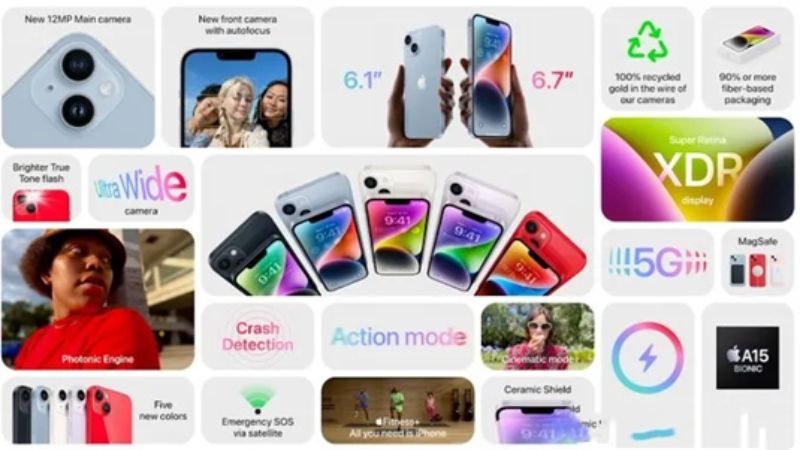
2. iPhone 14 and iPhone 14 Plus
Compared to the iPhone 14, the iPhone 14 Plus has the same configuration except for the following aspects:
Larger screen sizes: 6.1-inch on the iPhone 14 and 6.7-inch on the iPhone 14 Plus
Heavier: The iPhone 14 weighs 172g, compared to 203g for the iPhone 14 Plus
Longer battery life: According to Apple's official website, the maximum playback time of the iPhone 14 fully charged video can reach 20 hours, and the iPhone 14 Plus can reach 26 hours, which is a significant increase in battery life.
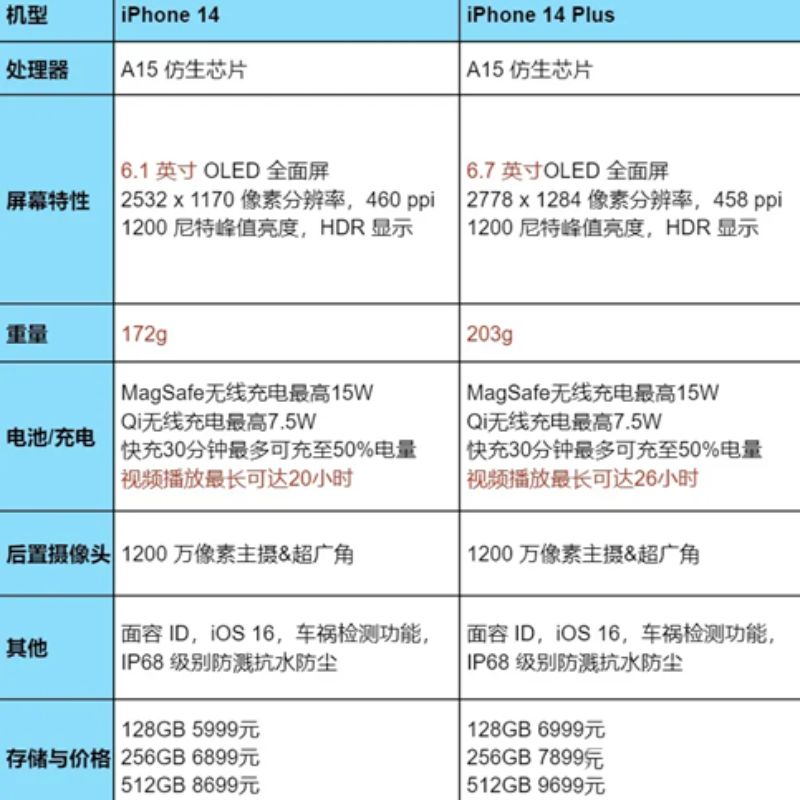
Although Apple did not announce battery capacity data at the press conference, however, according to foreign media macrumors reported that the iPhone 14 built-in 3279mAh battery, iPhone 14 Plus 4325mAh battery, this battery capacity data and Apple's official test results are consistent.
In this way, the iPhone 14 and the iPhone 14 Plus only have differences in screen size and weight, and battery life, which mainly depends on the demand for the size of the phone. From the above results, if you have to choose between the iPhone 13, iPhone 13 Pro, iPhone 14 and iPhone 14 Plus, then the iPhone 14 Plus is the more worthwhile choice.
In the past, if you wanted to buy an iPhone with a larger 6.7-inch screen, you had to pay more for the most expensive version of the Pro Max. But the advent of the iPhone 14 Plus gives big-screen enthusiasts a more cost-effective option.
Compared to the iPhone 14, the iPhone 14 Plus has a larger screen and longer battery life. Those who buy the iPhone 14 Plus get the same large screen as the iPhone 14 Pro Max, a slimmer body and the largest battery capacity in the iPhone 14 series.
3. iPhone 14 Pro and iPhone 13 Pro
The iPhone 14 Pro is a much larger upgrade than the previous generation.
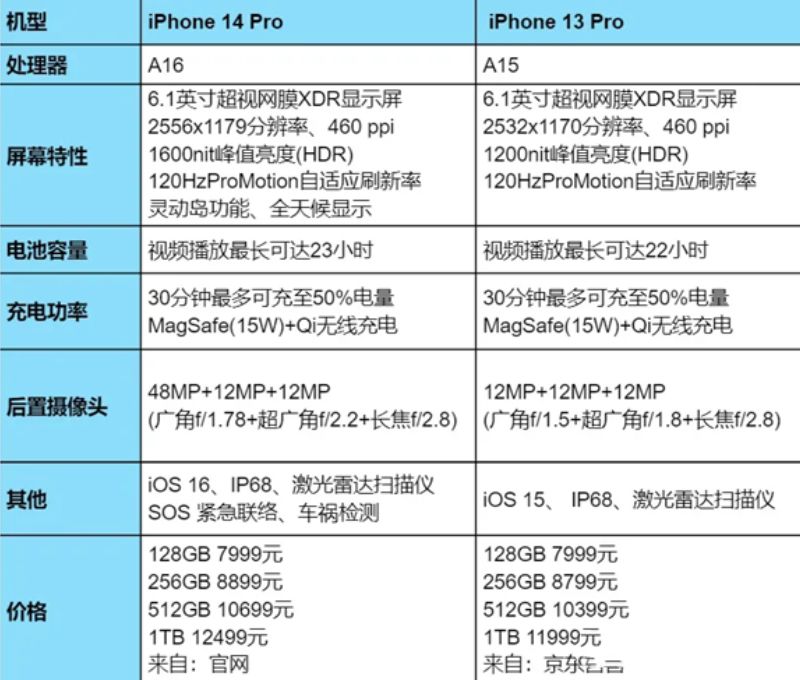
The "Smart Island" feature is arguably the most eye-catching upgrade of the iPhone 14 Pro. The introduction of Smart Island, thanks to Apple's iPhone 13 Pro "fringe" area reduced by 30%, and Apple in order to maintain the consistency of the appearance of the software innovation.
This innovative combination of hardware and software allows the iPhone 14 Pro to pop up everything from music to game scores to FaceTime calls in an eye-catching way through the "bangs" area. On the one hand, this increases the use area of the status bar, and on the other hand, it also increases the playability of the screen.
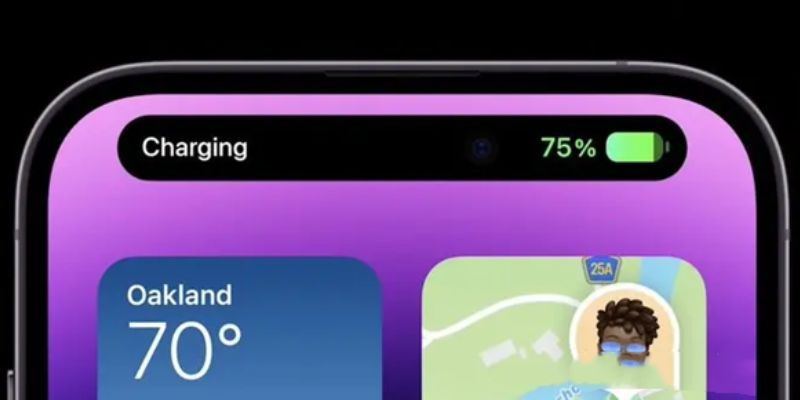
The iPhone 14 Pro's 6.1-inch screen is made of ultra-ceramic crystal, which is harder than glass, and the body is still splash-resistant and water-resistant. The frame is made of surgical grade stainless steel. It comes in deep space black, silver, gold and dark purple, which is the hottest selling color at the moment.
The iPhone 14 Pro also has an "all-weather display" function, that is, in the lock screen state, in a low brightness way, so that the screen is always steady, and the information is clear at any time. When you place the phone face down or in your pocket, the screen dimms to save battery life. The ProMotion function allows the iPhone 14 Pro to save power to a higher level.
In sunlight, the iPhone 14 Pro's display brightness can reach 2000 nits, which is two times brighter than the previous generation, which makes the machine display better in sunlight. In addition, the iPhone 14 Pro, which comes with its own iOS 16 operating system, also brings a series of interesting and fun ways to play, such as a prominent layered display of lock screen photos, or placing a ring to record fitness status directly in the lock screen interface, and viewing real-time updates of commonly used apps.
Of course, these features are not unique to the iPhone 14 Pro, and all iphones updated with iOS 16 have this feature. Video should be one of the biggest upgrades to the iPhone 14 Pro. The iPhone 14 Pro has changed the tradition of the ancestral "12 million pixel" camera for many years, and upgraded the camera pixels to "48 million" in one breath, greatly improving the image quality.
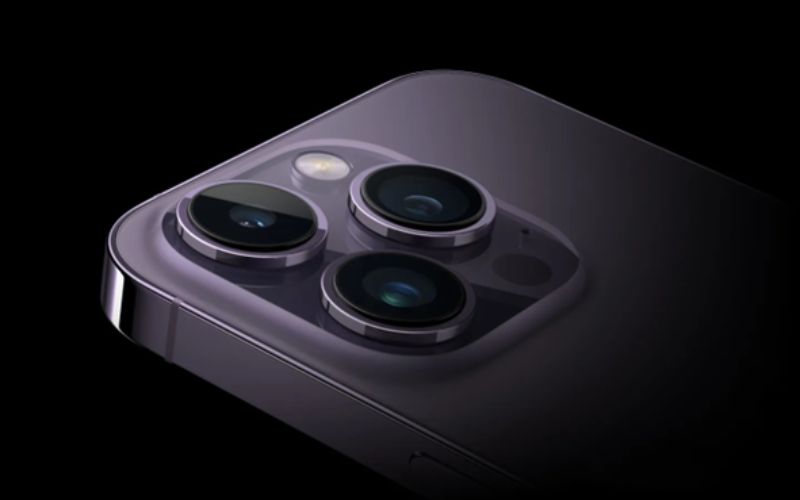
Not only has the pixel increased by four times, compared with the iPhone 13 Pro, the sensor size of the iPhone 14 Pro has increased by 65%, the second generation of sensor displacement optical image anti-shake, and the new long focus shooting with twice the optical quality, and the flash has been upgraded to adaptive original color flash. Get better photos in low light scenes.
For many users who want to use the iPhone to shoot short films, the iPhone 14 Pro can shoot 4K HDR video in the film industry standard movie mode of 24 fps, which can be said to be good news. The new original depth front camera with autofocus function and wider aperture also makes the iPhone 14 Pro's selfie close-up or group photo clearer and more colorful.
In general, as one of the key upgrades of the iPhone Pro series over the years, the main camera pixel is greatly improved, and in the dark light, sports, video and selfie shooting situations, there are significant upgrades.
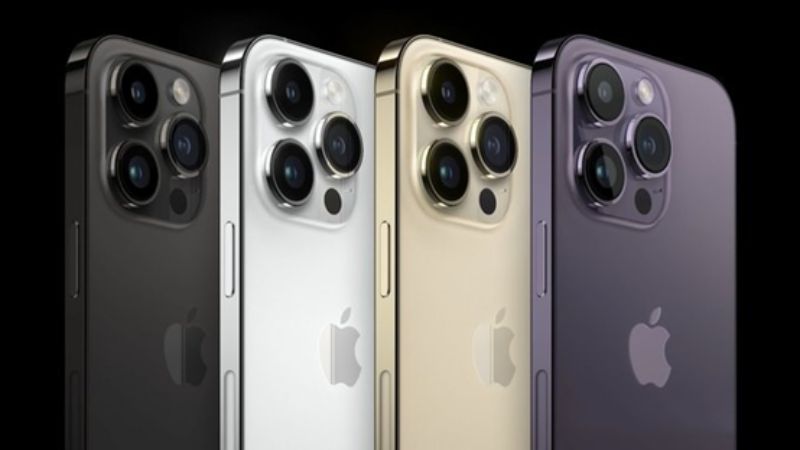
In addition, the iPhone 14 Pro/Max also monopolizes Apple's latest A16 Bionic chip, further in performance and power control. The dual-band GPS, purple appearance, etc., is also unique to the iPhone 14 Pro/Max.
4. iPhone 14 Pro and iPhone 14 Pro Max
iPhone 14 Pro and iPhone 14 Pro Max in addition to the big difference in size, other configurations are almost identical, the difference is as the subscript red several places:
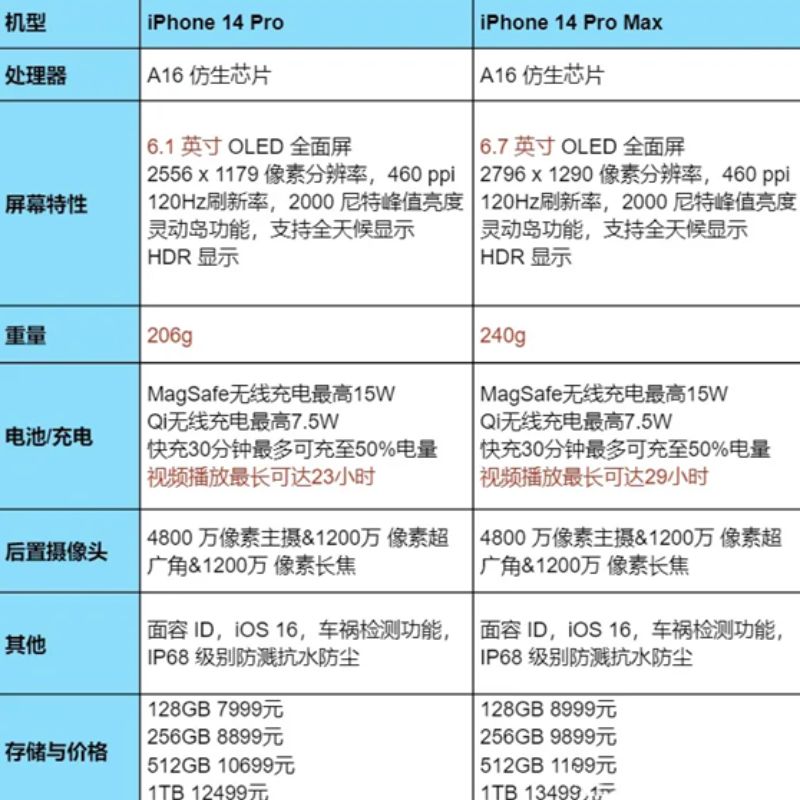
5. iPhone 12/Pro and iPhone 13
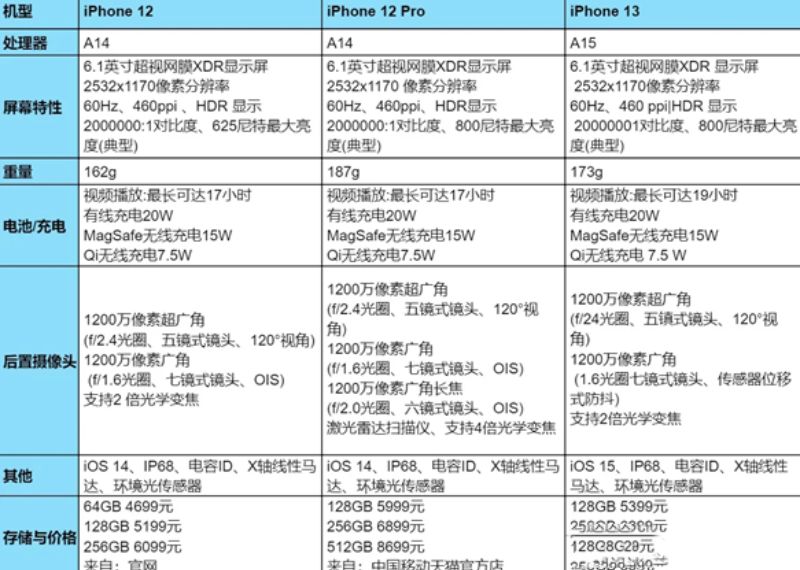
iPhone 12/Pro/Max are equipped with A14 bionic chip, and the bionic chip of iPhone 13 looks upgraded, but the number of GPU cores of A15 chip of 13 compared with the A15 chip of iPhone 13 Pro/Max, there is one less GPU core, and the graphics computing performance is lost by 25%.
This means that in some large games, image processing, video editing and other tasks, the iPhone 13 and iPhone 13 Pro processors have a significant speed difference.
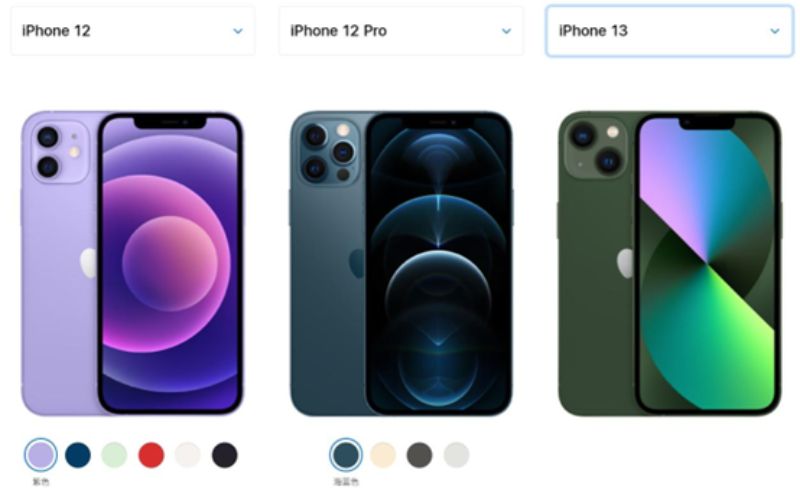
From the Geekbench 5 score, the iPhone 13's A15 chip relative to the A14 chip of the iPhone 12 series, in terms of CPU performance, single-core and A14 remain consistent, and multi-core only increased by 9%. Therefore, the performance gap between the iPhone 13 and the iPhone 13 Pro/Max is significant, and the performance gap between the iPhone 12/Pro/Max is almost negligible.
In terms of image, the image configuration of iPhone 13 and iPhone 12 is basically no difference, both of which are the combination of "1200W pixel main shot + ultra-wide Angle". The difference is that iPhone 12 uses optical image stabilization, while iPhone 13 uses sensor displacement optical image stabilization. Relatively speaking, the latter's anti-shake performance is better.
In addition, the iPhone 13 has "photography style" and "movie effect mode can shoot shallow depth of field video" two effects that the iPhone 12 does not have. But for people who want to buy an older iPhone, the difference is negligible. Compared to the iPhone 12 and iPhone 13, the iPhone 12 Pro has significantly more video capabilities.
In addition to the two large rear cameras with "1200W pixel main camera + ultra-wide Angle" like the previous two models, the iPhone 12 Pro also adds a telephoto lens that can perform 4x optical zoom and up to 10x digital zoom. This can be said to be a big attraction for friends who need to shoot slightly distant scenes.
In addition to the new telephoto lens, the iPhone 12 Pro also has three features: dual-camera optical image stabilization, Apple ProRaw and LiDAR scanner. Therefore, compared to the iPhone 12/13, the iPhone 12 Pro is undoubtedly stronger in the image. In addition, in terms of battery life, the iPhone 12 and the iPhone 12 Pro have the same battery life, the longest video playback time is 17 hours, while the iPhone 13 is slightly longer at 19 hours.
6. iPhone 12 Pro and iPhone 12 Pro Max



